All Stories
-
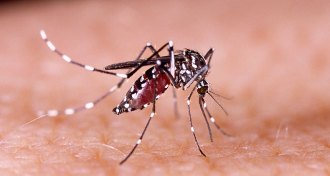 Animals
AnimalsRough lessons can lessen the pull of human scent on a mosquito
A form of aversion therapy for mosquitoes shows they can connect human scent to a bad experience.
By Susan Milius -
 Quantum Physics
Quantum Physics‘Arrow of time’ reversed in quantum experiment
In quantum systems, heat can flow “backward,” from cold to hot.
-
 Science & Society
Science & SocietyActress Hedy Lamarr laid the groundwork for some of today’s wireless tech
‘Bombshell’ tells the story of Hedy Lamarr’s double life as a Hollywood starlet and tech inventor.
-
 Climate
ClimateClimate foiled Europeans’ early exploration of North America
The book ‘A Cold Welcome’ examines how the Little Ice Age and other climatic and geographic factors shaped colonial history.
By Diana Steele -
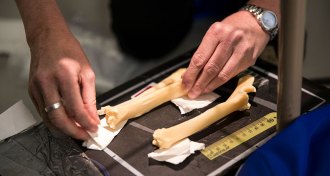 Genetics
GeneticsBones show Dolly’s arthritis was normal for a sheep her age
Cloning didn’t cause the famous sheep to age prematurely.
-
 Health & Medicine
Health & MedicineStep away from the cookie dough. E. coli outbreaks traced to raw flour
Flour, though low in moisture, can sicken people with E. coli toxins if it is eaten raw.
-
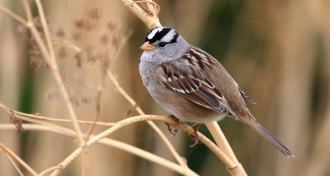 Animals
AnimalsSeeds coated in a common pesticide might affect birds’ migration
Eating small amounts of a neonicotinoid pesticide can disorient white-crowned sparrows.
-
 Astronomy
AstronomyHere is Cassini’s last broad look at the Saturn system
Two days before plunging into Saturn, Cassini took a mosaic image of the gas giant, its rings and its moons.
-
 Tech
TechWhen it comes to self-driving cars, what’s safe enough?
Even as unmonitored self-driving cars take to the streets, there’s no consensus about how safe is “safe enough” for driverless vehicles.
-
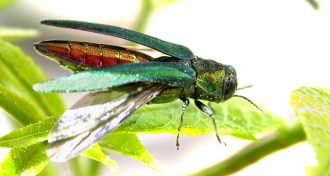 Plants
PlantsThe dietary habits of the emerald ash borer beetle are complicated
Tests answer some questions about the emerald ash borer’s hidden taste for olive and fringe trees.
By Susan Milius -
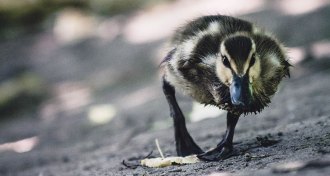 Animals
AnimalsEven a tiny oil spill spells bad news for birds
Just a small amount of crude can make birds less active.
-
 Health & Medicine
Health & MedicineSix-month-old babies know words for common things, but struggle with similar nouns
Young babies know a cup of juice from a car, but have a hard time distinguishing more similar nouns, a new study finds.